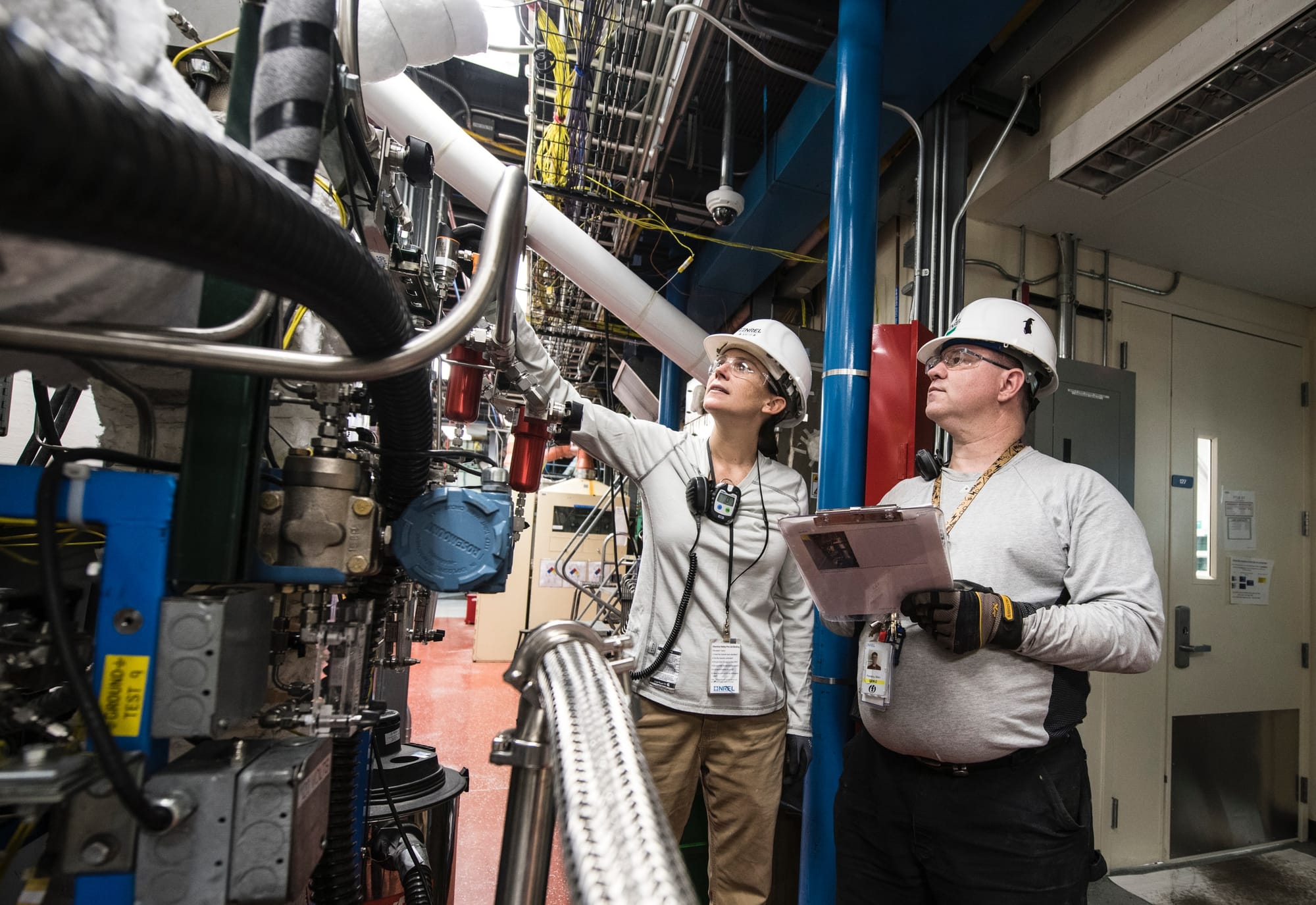The Importance of Conducting a Safety Audit

Organizations conduct safety audits to comply with laws or regulations and to provide a safe workplace for everyone. A safety audit identifies different levels of risk in each work area of an organization. A systematic approach is a vital ingredient for a safety audit.
Measurement is a key step in any management process and forms the basis of continual improvement. If measurement is not carried out correctly, the effectiveness of the health and safety management system is undermined and there is no reliable information to inform managers how well the health and safety risks are controlled.
Health and safety differs from many areas measured by managers because success results in the absence of an outcome (injuries or ill health) rather than a presence. But a low injury or ill-health rate, even over a period of years, is no guarantee that risks are being controlled and will not lead to injuries or ill health in the future. This is particularly true in organisations where there is a low probability of accidents but where major hazards are present. Here the historical record can be a deceptive indicator of safety performance.
Because of the drawbacks associated with the use of injury and ill-health data alone as a means of measuring performance, some organisations have recognised they need more proactive or ‘up stream’ measures of performance. Generally this is translated into a search for things which can be easily counted, such as numbers of training courses or numbers of inspections.
The primary purpose of measuring health and safety performance is to provide information on the progress and current status of the strategies, processes and activities used by an organisation to control risks to health and safety.
Audit and review form the final steps in the health and safety management control loop, so their existence, adequacy and implementation need to be included within the measuring process.


